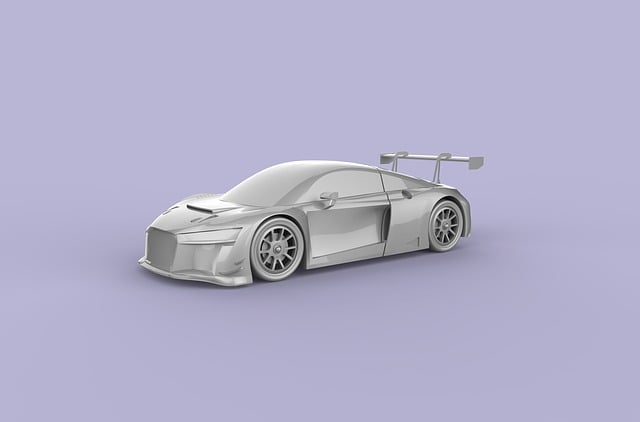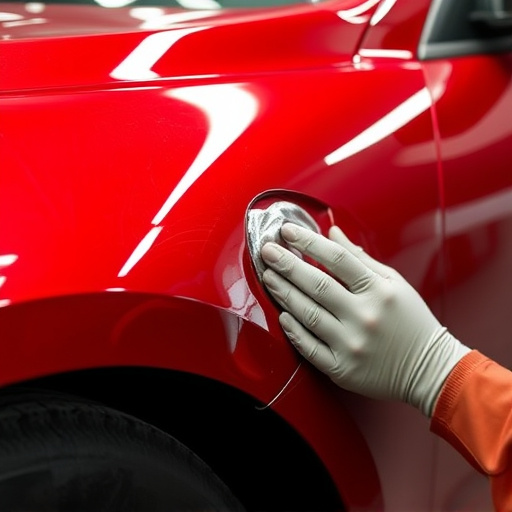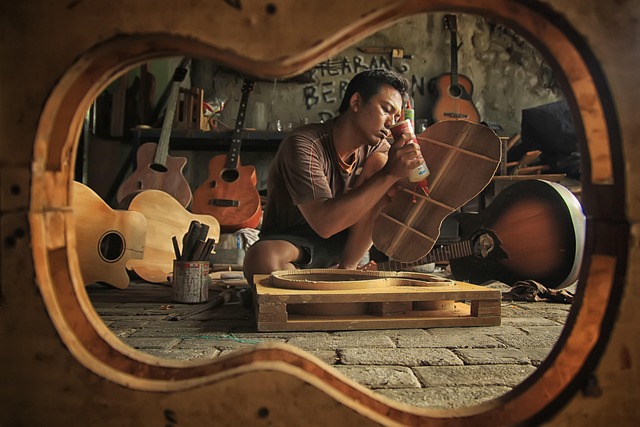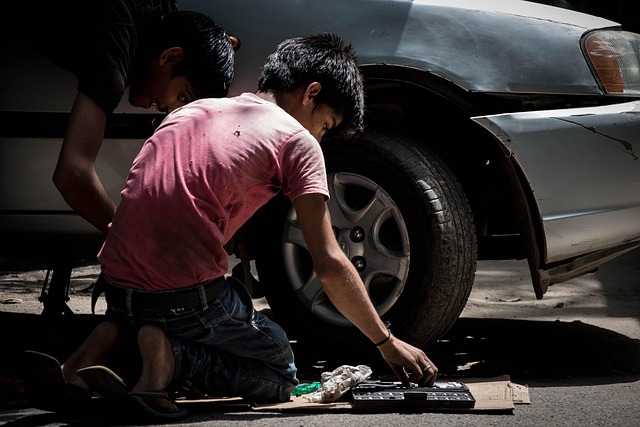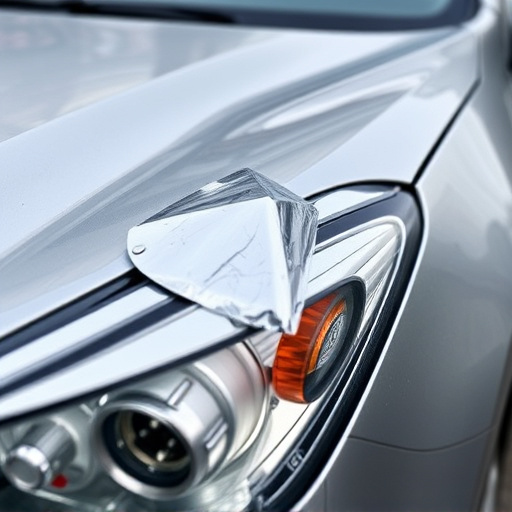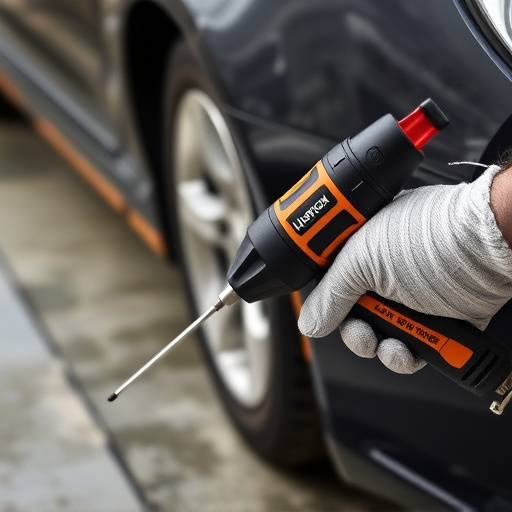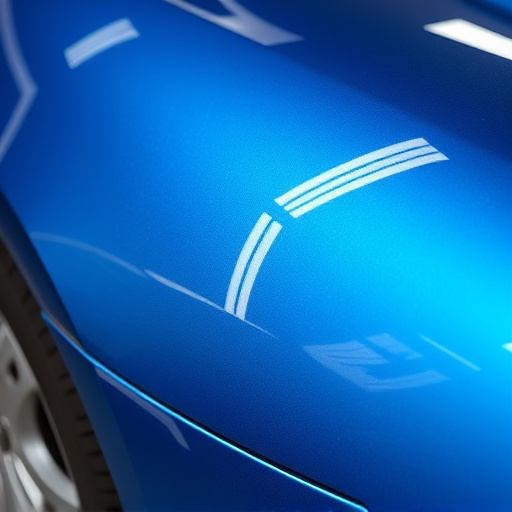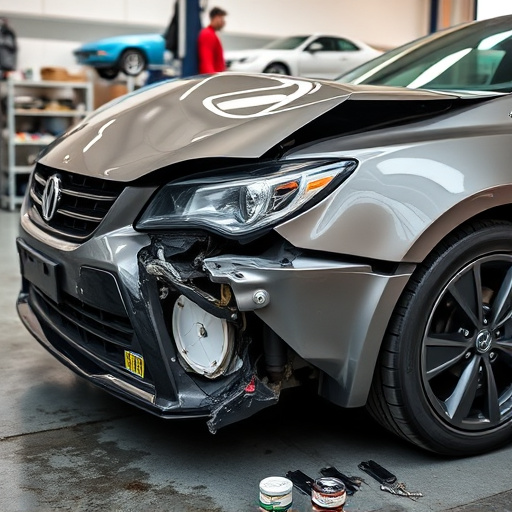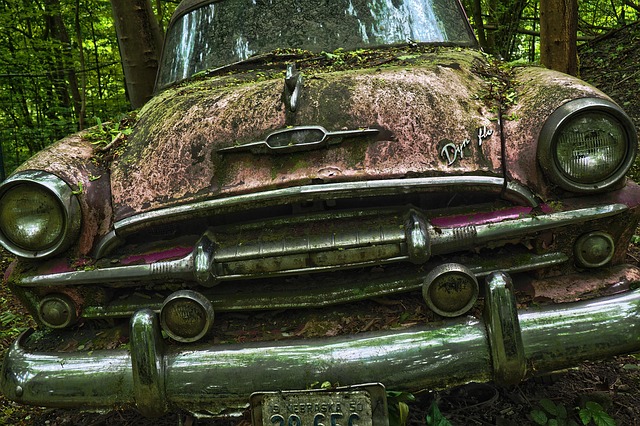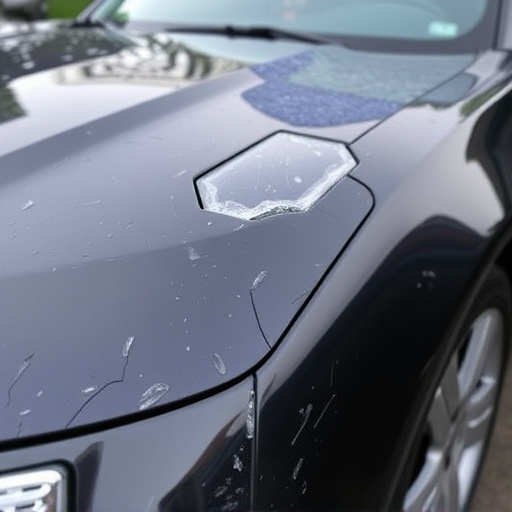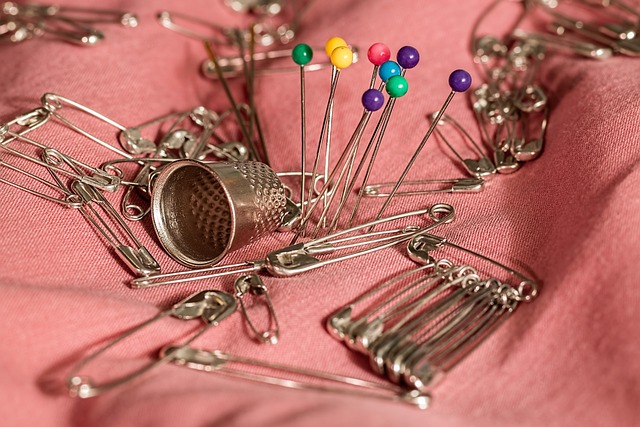Meticulous assessment and disassembly are key to successful motorcycle collision repair. Inspect and document damage, from dents to structural issues. Repairs range from cosmetic to complex frame straightening. Meticulously reassemble parts, testing critical functions. Refinishing and painting restore the bike's finish to pre-accident condition, ensuring long-lasting protection.
Motorcycle collision repair is an art that combines skill, precision, and a deep understanding of bike mechanics. This comprehensive guide delves into the essential techniques for successfully repairing damaged motorcycles. From assessing collision damage and dismantling for part replacement, to refinishing and repainting, each step demands meticulous attention. By mastering these motorcycle collision repair methods, you’ll be equipped to restore bikes to their former glory, ensuring a safe and stylish ride for cyclists worldwide.
- Assess Damage: Inspecting Motorcycle for Collisions
- Dismantling and Part Replacement: Step-by-Step Guide
- Refinishing and Painting: Restoring Motorcycle's Finish
Assess Damage: Inspecting Motorcycle for Collisions
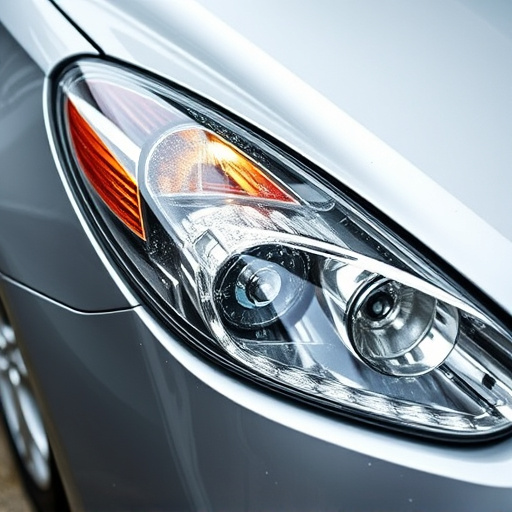
After a collision, the first step in any successful motorcycle collision repair is a thorough assessment of the damage. Inspecting the motorcycle involves a meticulous examination of every part and component to understand the extent of the harm inflicted. Look for visible signs such as dents, cracks, or missing pieces on the frame, wheels, fenders, and other structural elements. Additionally, check for functional issues like leaked fluids, faulty electrical systems, or compromised brakes.
This initial evaluation is crucial in determining whether the bike requires simple cosmetic fixes like bumper repair and vehicle paint repair, or if more complex procedures such as frame straightening are necessary. It’s important to document all findings with photos, ensuring a detailed record for the repair process ahead.
Dismantling and Part Replacement: Step-by-Step Guide
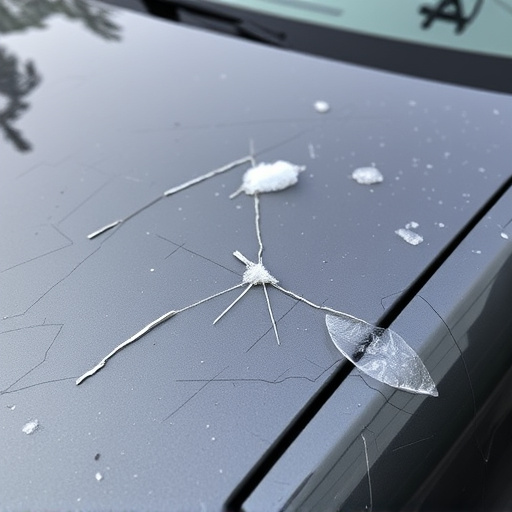
When tackling motorcycle collision repair, one of the core steps involves dismantling the affected parts and replacing them with new or refurbished ones. This process requires precision and a systematic approach to ensure the motorcycle’s structural integrity is restored. Begin by securing the motorcycle in an upright position using stands or jacks, ensuring it’s stable for the disassembly. Next, carefully remove any visible debris and inspect the damaged components. Marking key parts can help during reassembly.
Demolish the compromised parts, taking note of their original configuration. For instance, if a fender is dented, gently pry it off while noting its connection points. Replace each part with new or compatible used pieces, making sure they fit perfectly. Utilize high-quality auto repair services for critical components to guarantee durability and safety. Once all parts are in place, test the motorcycle’s functionality, including brakes, lighting, and steering, before considering the job complete. This meticulous step-by-step guide ensures a successful motorcycle collision repair job.
Refinishing and Painting: Restoring Motorcycle's Finish
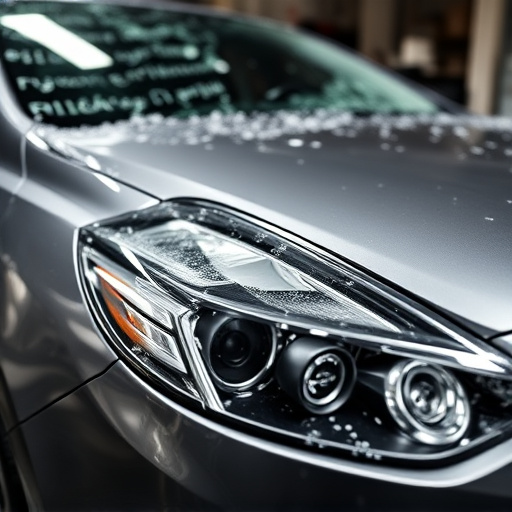
After successfully achieving frame straightening during the motorcycle collision repair process, the next step is refinishing and painting. This crucial phase restores the motorcycle’s finish to its pre-accident condition, ensuring it not only looks good but also protects the metal from future damage. A skilled auto body shop will use specialized equipment and techniques to remove any remaining debris or damage, carefully preparing the surface for painting.
The process begins with careful sanding and cleaning to ensure a smooth base. Then, an auto repair shop will apply primer, allowing it to dry completely. This step is vital as it creates a cohesive bond between the damaged area and the new paint. Finally, multiple coats of high-quality automotive paint are carefully applied, matching the motorcycle’s original color and finish, creating a flawless and durable surface that not only enhances the bike’s aesthetics but also ensures its longevity on the road.
Motorcycle collision repair is a meticulous process that combines assessment, disassembly, replacement, and refinishing. By thoroughly inspecting the damage, following step-by-step guides for part replacement, and meticulously restoring the finish, you can successfully return your motorcycle to its pre-collision condition. Incorporating these techniques ensures not only the safety of riders but also enhances the overall aesthetics and value of the vehicle, making it a crucial skill for any motorcycle owner or mechanic.
